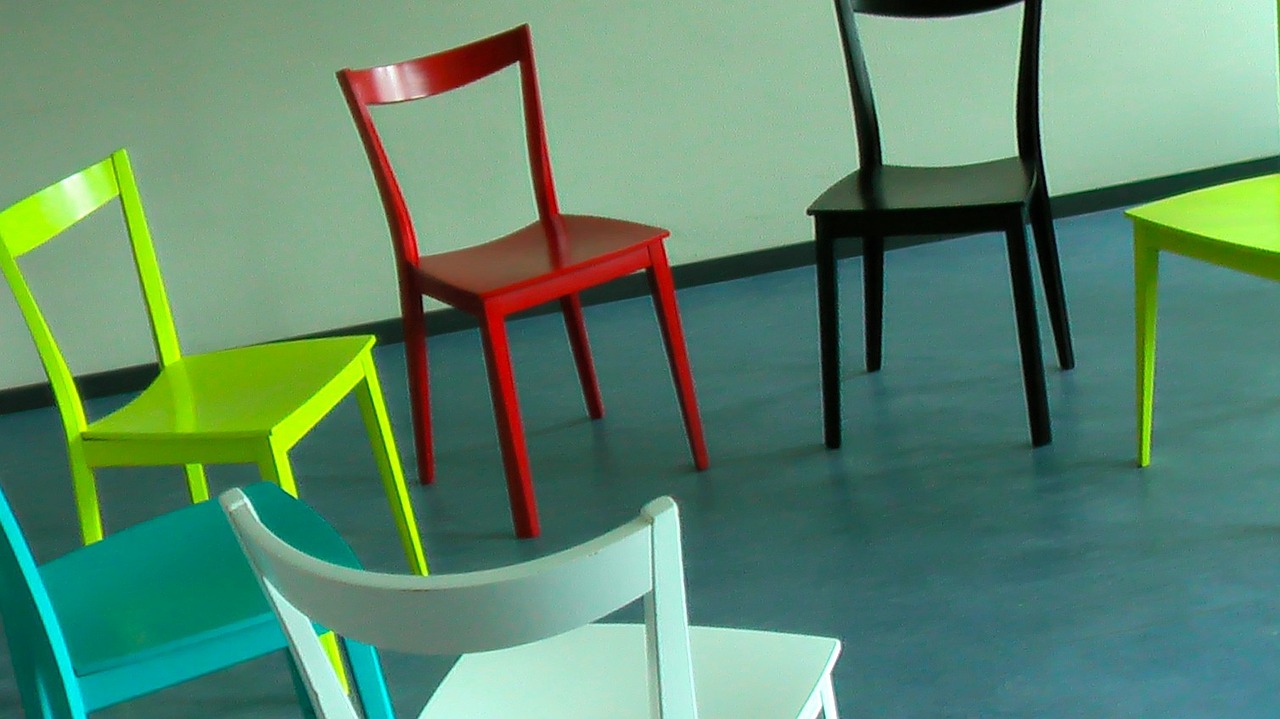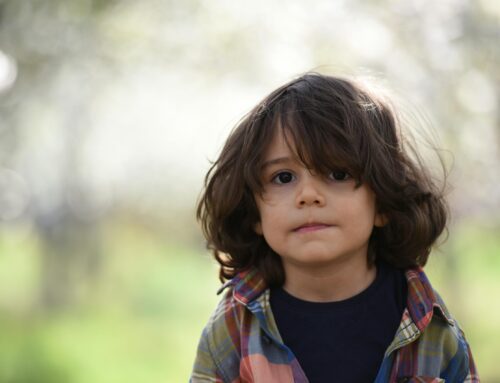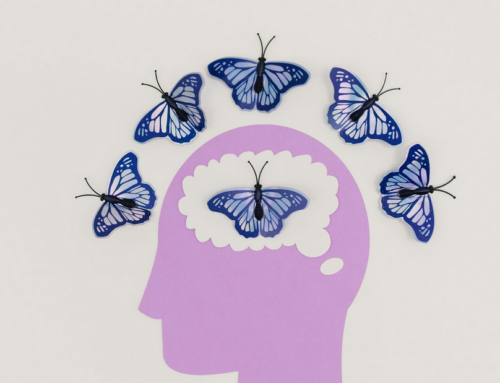According to a 2018 study, 70% of children with autism spectrum disorder experience emotional difficulties.(1) These emotional difficulties often include sadness, anger, depression, and anxiety. New research is showing that children with ASD might find it easier to manage these complex emotions after cognitive behavioral therapy. In several research studies,(1, 2) the children’s emotional struggles improved and they developed better resiliency after participating in CBT.
What is Cognitive Behavioral Therapy?
CBT is a treatment that is commonly used for a variety of mental health conditions, particularly obsessive-compulsive disorder and anxiety. During CBT, children attend sessions with a mental health professional that are designed to help them change negative thinking patterns and associated behaviors.
Professionals use different techniques to help students and families achieve their goals. These techniques include modeling desired behaviors, making students aware of negative self-talk, helping students replace negative self-talk, and teaching students to successfully manage their emotions.(3)
CBT doesn’t work as well on young children, as it requires an awareness of thought patterns. Instead, CBT is better suited for older children, teens, and adults. (4)
How Does CBT Help Children with Autism?
Families of children with newly diagnosed ASD quickly become familiar with a variety of therapies and interventions aimed at guiding behavior, but CBT is different. Cognitive behavioral therapy places its focus on the thoughts and emotions that guide the behavior.
While children with autism often have difficulty recognizing emotions and thinking abstractly, studies have shown that they are still usually able to tackle the cognitive work required in CBT. (4) When administering CBT to a child with autism, however, there are certain adaptations that need to be made. Cognitive behavioral therapy for children with autism-spectrum disorder is designed to be more repetitive and concrete than other forms of CBT. (4) CBT for children with ASD might also use props and visual charts to help children express their emotions.(4) Social skills, too, are important to acknowledge during CBT sessions. Many of the difficult emotions that children with ASD experience can be traced back to their struggles with socialization. (4)
Creating Your Child’s Emotional Toolbox
CBT is just one part of your child’s potential “toolbox” for managing emotions. Certain activities and experiences are also beneficial for children with ASD and can be helpful alongside CBT. Fidget items, art projects, puzzles, soothing music, calming jars, and other relaxing activities can help your child regulate his or her feelings.(5) Physical activities, like jumping rope, swinging, dancing, and walking are also extremely helpful and should be part of an emotional toolkit. Engaging in hobbies and interests is another potential emotional outlet for your child.(5)
Treatment Services at NeuroBehavioral Associates
CBT is part of the therapy service that we provide to children at NeuroBehavioral Associates. We serve children with a wide variety of neurodevelopmental differences, including ASD and ADHD. Children, teens, and adults with known or suspected learning, cognitive, or neurodevelopmental differences can take a comprehensive assessment at our location in Columbia. These assessments will help to illustrate the child’s strengths and weaknesses, as well as guide an effective intervention plan.
NeuroBehavioral Associates remains open. We are providing low-contact assessments in our office, as well as telehealth services. Call 410-772-7155 or email us to schedule a comprehensive assessment today.
Resources:
- Cone, A. (2018, April 24). Cognitive behavioral therapy helps control autistic kids’ emotions, study says. Retrieved July 15, 2020, from https://www.upi.com/Health_News/2018/04/24/Cognitive-behavioral-therapy-helps-control-autistic-kids-emotions-study-says/8321524590932/
- Wood, J., Drahota, A., Sze, K., Har, K., Chiu, A., & Langer, D. (2009, March). Cognitive behavioral therapy for anxiety in children with autism spectrum disorders: A randomized, controlled trial. Retrieved July 15, 2020, from https://www.ncbi.nlm.nih.gov/pmc/articles/PMC4231198/
- Understood.org. (2020, April 17). Cognitive Behavioral Therapy: What You Need to Know. Retrieved July 15, 2020, from https://www.understood.org/en/learning-thinking-differences/treatments-approaches/therapies/faqs-about-cognitive-behavioral-therapy
- Anderson, C. (2012, August 16). Cognitive Behavioral Therapy and Autism Spectrum Disorders. Retrieved July 15, 2020, from https://iancommunity.org/cs/simons_simplex_community/cognitive_behavioral_therapy
- AutismOntario. (n.d.). Autism Ontario Knowledge Base: The Emotional Toolbox. Retrieved July 15, 2020, from https://autismontario.novosolutions.net/default.asp?id=34






